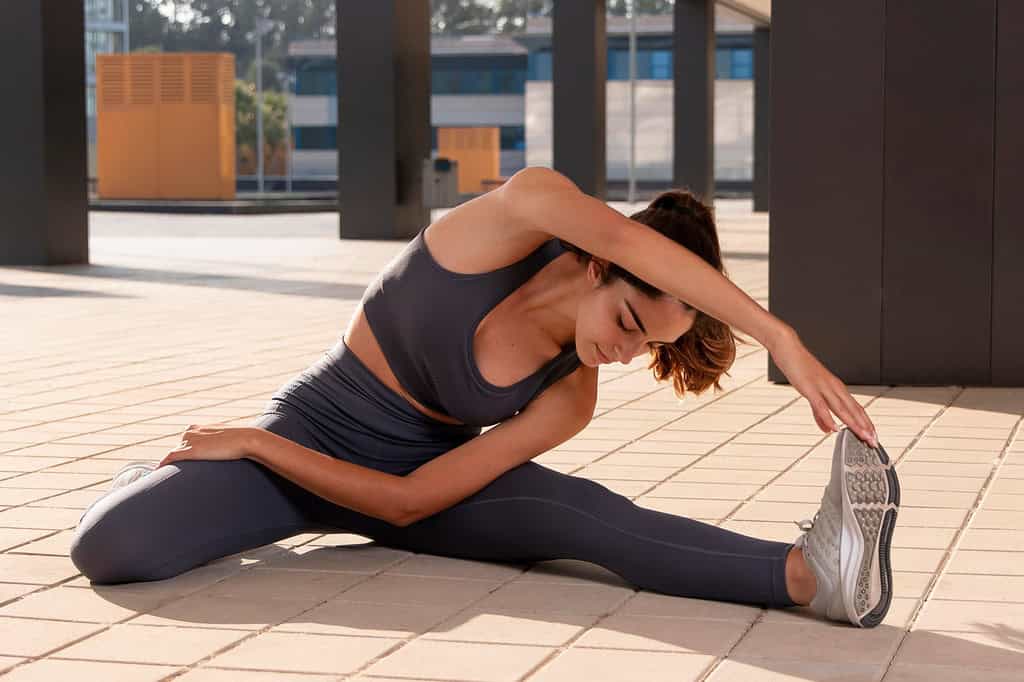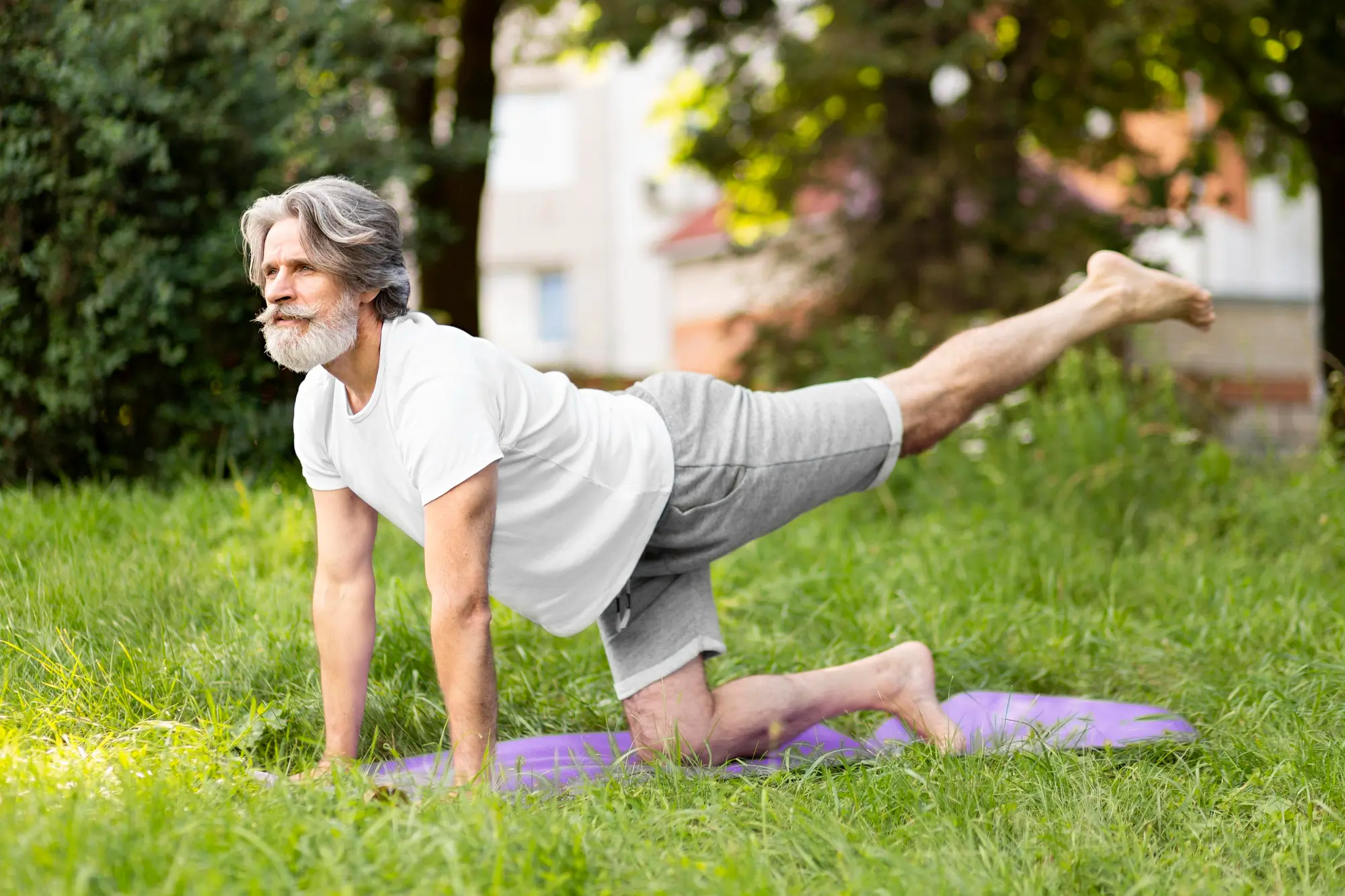Ever feel like you’re pushing your body to the limit as a hybrid athlete?
If you’re mixing weightlifting with running, or cycling with CrossFit, the demands on your body are intense.
But here’s the best way to keep your performance at its peak: recovery.
Recovery isn’t just about taking a day off; it’s a smart strategy that helps your muscles bounce back, keeps your energy levels high, and prevents injuries.
Today, we are going to share our top hybrid athlete recovery tips to help take your training to the next level.
The Science Behind Recovery
Recovery is the process by which the body repairs, rebuilds, and strengthens itself after physical activity.
When you exercise, especially as a hybrid athlete who engages in various types of workouts, you create small tears in your muscle fibers, deplete energy stores, and place stress on your body.
Recovery allows your muscles to repair these micro-tears, leading to stronger and more resilient muscles over time.
It also helps replenish energy stores, reduce inflammation, and restore hormone levels that can be disrupted by intense training.
Proper recovery involves a combination of rest, nutrition, hydration, and techniques like stretching, massage, and sleep, all of which work together to help your body heal and adapt.
Without adequate recovery, you risk overtraining, which can lead to injuries, fatigue, and diminished performance.
Pro Hybrid Athlete Recovery Tips
Listed below are the best tips for hybrid athletes to stay fit and recover fast:
1. Prioritize Sleep
Sleep is the cornerstone of any effective recovery plan.
For hybrid athletes, who push their bodies in various disciplines, getting enough high-quality sleep is essential.
During sleep, the body repairs muscles, restores energy, and balances hormones, all of which are critical for optimal performance.
Aim for at least 7-9 hours of sleep each night and try to maintain a consistent sleep schedule to support your body’s recovery process.
2. Hydrate Consistently
Hydration plays a vital role in recovery. Water helps flush out toxins, keeps joints lubricated, and aids in transporting nutrients to your muscles.
As a hybrid athlete, you’re likely sweating more due to varied training, so it’s important to replenish lost fluids.
Drink water consistently throughout the day, and consider electrolytes during and after intense workouts to keep your hydration levels balanced.
3. Use Active Recovery Methods
Active recovery involves low-intensity exercises that promote blood flow to the muscles without adding additional strain.
Activities like walking, swimming, or cycling at a light pace can help reduce muscle stiffness and soreness.
Incorporating active recovery days into your training schedule helps your body heal while keeping you moving, which can prevent injury and promote overall well-being.
4. Incorporate Stretching and Mobility Work

Stretching and mobility exercises are crucial for maintaining flexibility and range of motion, which are important for preventing injuries and improving performance.
Spend time after workouts stretching the major muscle groups you’ve used, and incorporate dynamic stretches before training.
Regular mobility work, such as yoga or foam rolling, can help keep your joints healthy and your muscles supple.
5. Follow a Balanced Diet Rich in Nutrients
Your diet is a key component of hybrid athlete recovery.
A balanced intake of carbohydrates, proteins, and fats provides the fuel your body needs to repair and build muscle.
Carbohydrates replenish glycogen stores, protein aids in muscle repair, and healthy fats reduce inflammation.
Eating a variety of fruits, vegetables, lean proteins, and whole grains ensures you’re getting the necessary vitamins and minerals to support recovery.
6. Utilize Cold and Heat Therapy
Cold and heat therapies can be effective tools for recovery.
Cold therapy, such as ice baths or cold packs, can reduce inflammation and numb sore areas. Heat therapy, like warm baths or heating pads, increases blood flow and helps relax tight muscles.
Alternating between cold and heat can also be beneficial in promoting faster hybrid athlete recovery by enhancing circulation and reducing stiffness.
7. Schedule Regular Rest Days

Rest days are just as important as training days. They give your muscles and nervous system the time they need to recover from the physical demands placed on them.
Without adequate rest, you risk overtraining, which can lead to decreased performance and injury.
Incorporating at least one or two rest days into your weekly schedule allows your body to fully recuperate and come back stronger.
8. Monitor and Adjust Training Load
It’s important to listen to your body and adjust your training load as needed.
Hybrid athletes often juggle multiple types of workouts, and pushing too hard without adequate recovery can lead to burnout or injury.
Track your training intensity, volume, and how you feel during workouts.
If you’re feeling consistently fatigued or not recovering well, it may be time to scale back and give your body a break.
9. Practice Mindfulness and Stress Management
Mental recovery is just as important as physical recovery.
Stress can negatively impact your body’s ability to recover, so it’s essential to incorporate stress management techniques into your routine.
Practices like meditation, deep breathing, or even taking time for hobbies can help reduce stress and improve your overall well-being.
Mindfulness can also help you stay present and focused, which can enhance your training and recovery.
10. Get Regular Massages or Use Self-Myofascial Release (Foam Rolling)
Massages and self-myofascial release are excellent for relieving muscle tension and improving circulation.
Regular massages can help reduce muscle tightness, improve flexibility, and prevent injuries. If regular massages aren’t feasible, foam rolling is a great alternative.
It helps break up adhesions in the muscles and promotes better blood flow, aiding in faster recovery and improved muscle function.
Final Verdict
For those of you who want to become hybrid athletes, recovery is the key to staying strong, avoiding burnout, and continuing to crush your fitness goals.
By making recovery a priority, you’re not just giving your body the rest it deserves—you’re setting yourself up for even greater achievements. So, next time you finish a killer workout, remember that the real gains happen during recovery.



